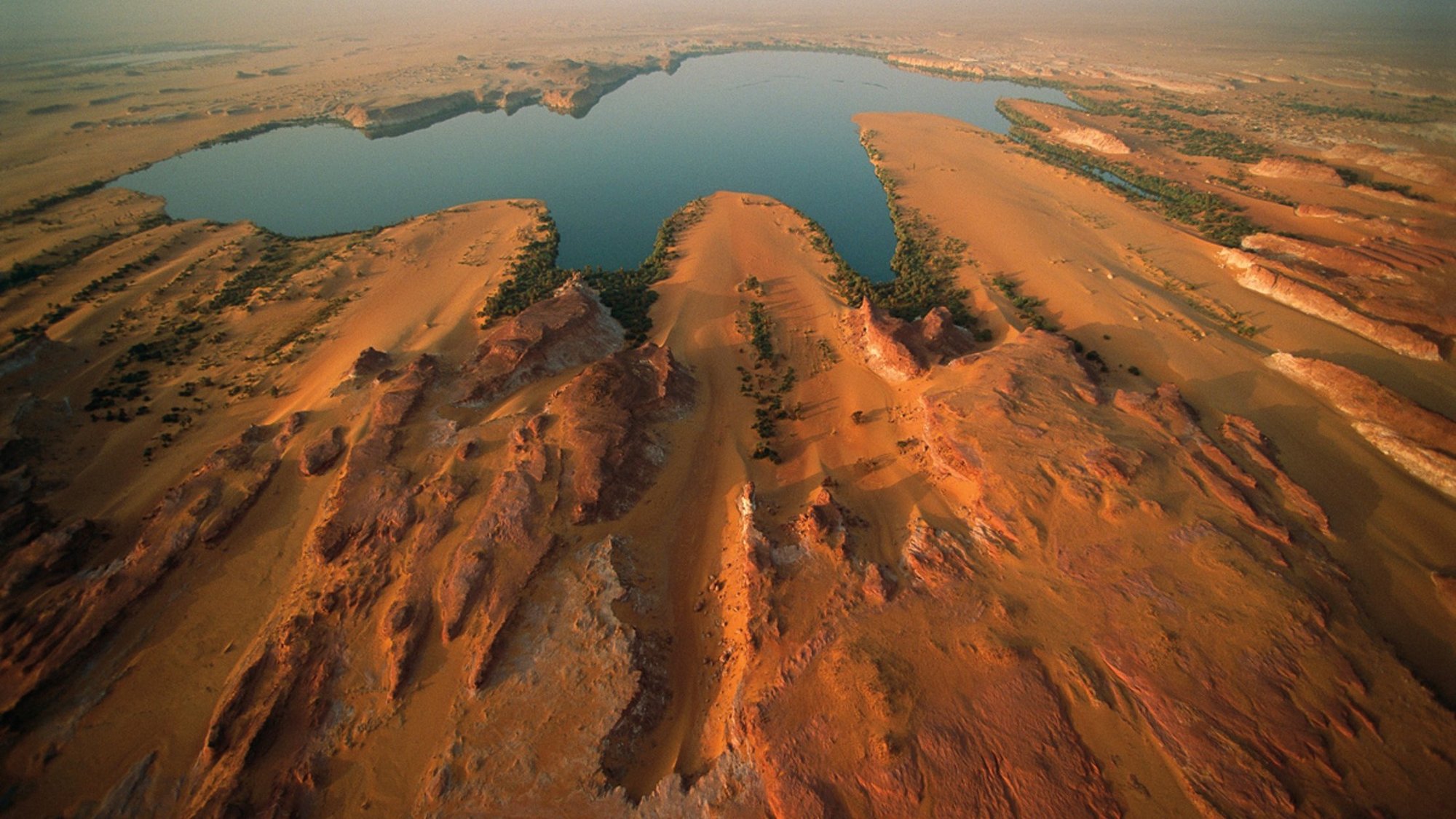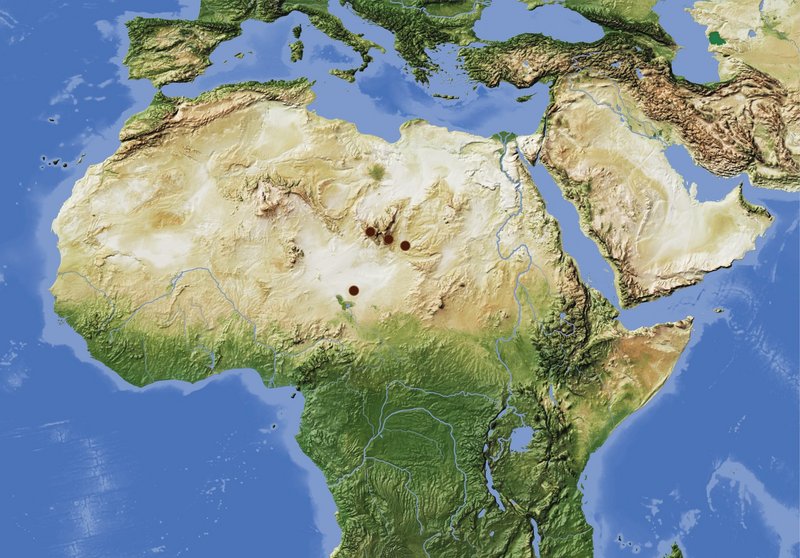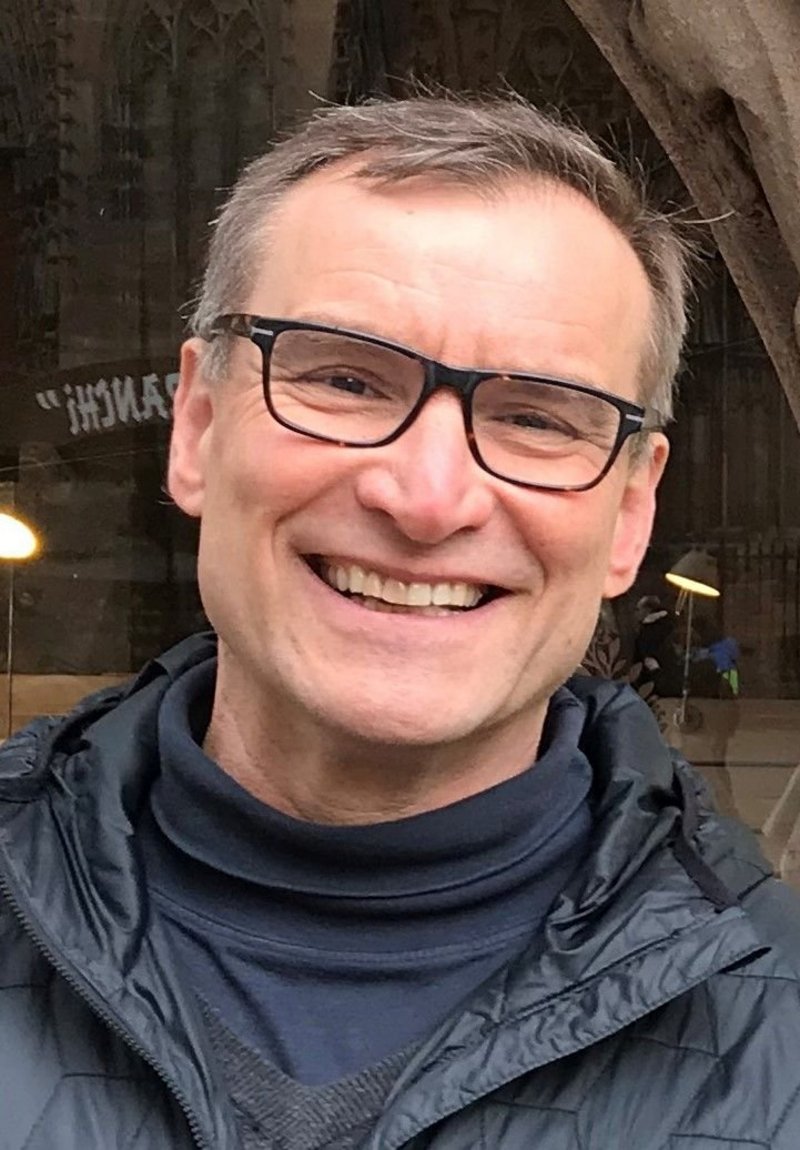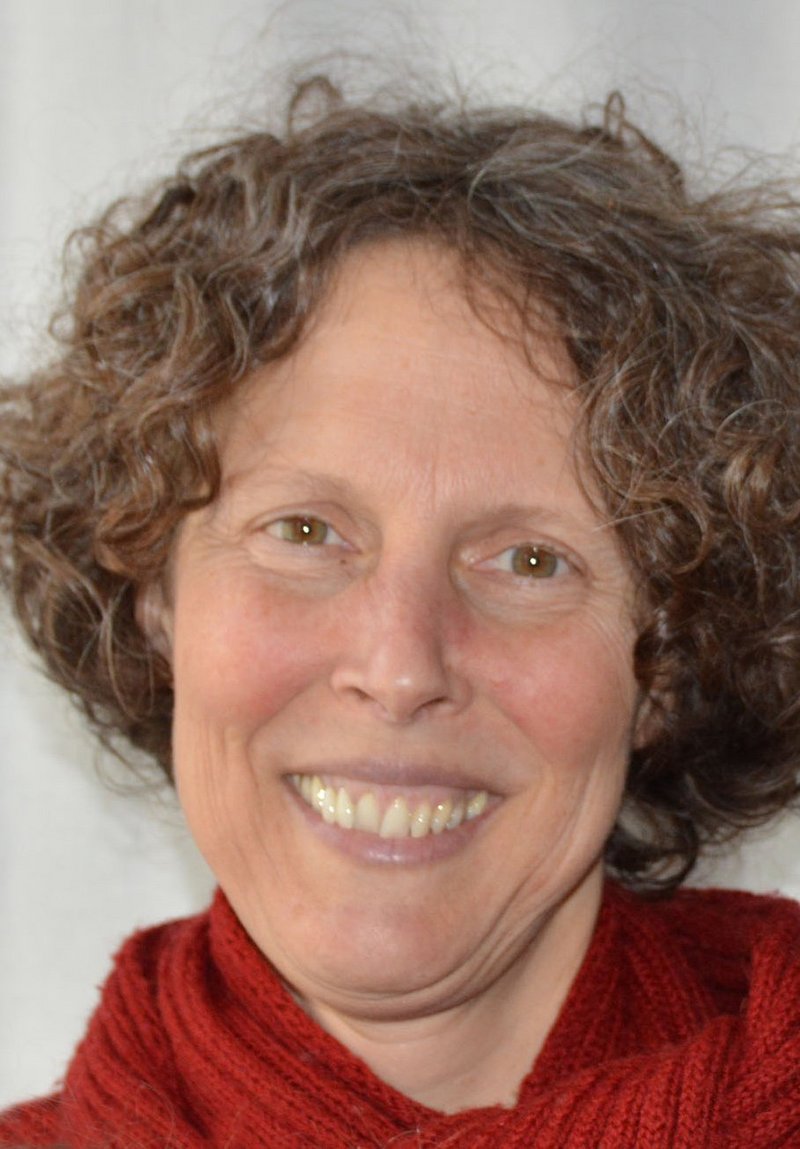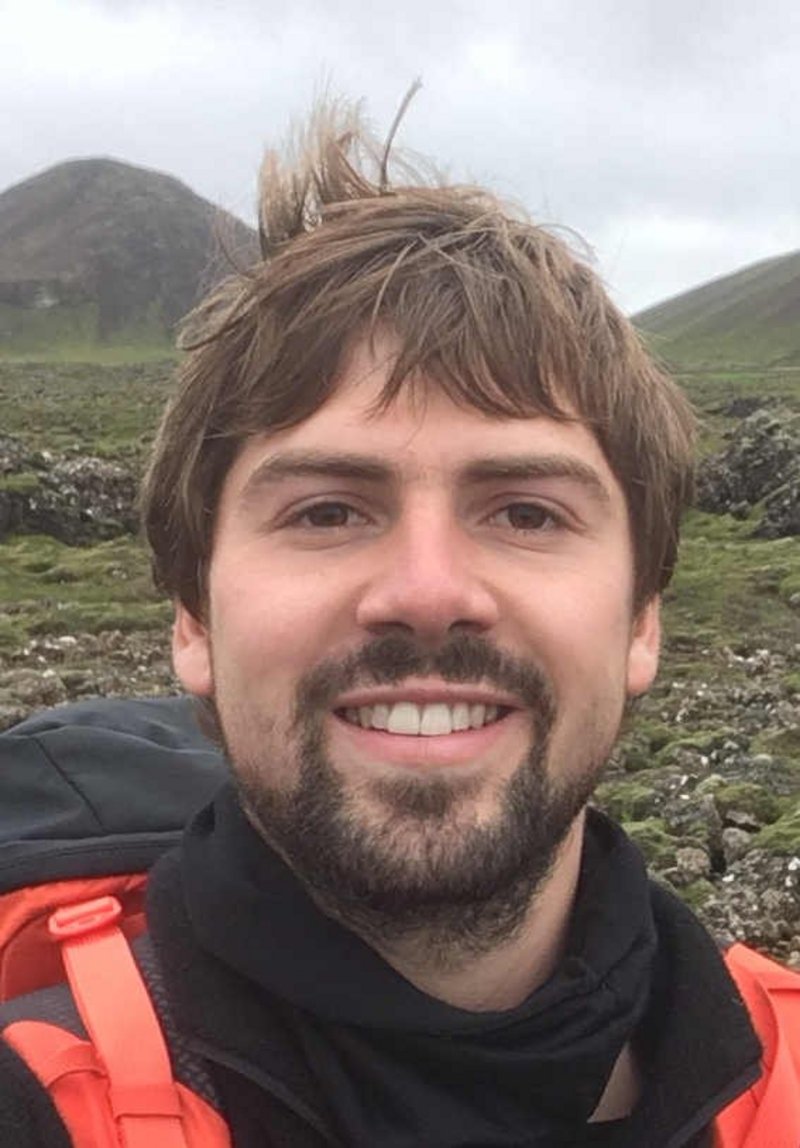Overview
Today the Sahara, as the world’s largest hot desert, separates northern Africa into two parts, while a Green Sahara facilitated interactions during early and mid-Holocene between the Mediterranean and rainforest. Concomitant palaeoecological shifts imply changing resources, thereby affecting subsistence strategies. Environmental variability thus represents both, an important limiting factor as well as a driving force for inner-african transregional contacts and strategies of human societies and their mobility patterns.
The goal of the second phase pursues the basic approach from the first funding phase in using sedimentary archives to decipher Holocene environmental dynamics with a stronger emphasis to archaeological research questions that have developed from the findings of the joint collaboration within the SPP2143. It became obvious that biotic resources of landscapes are a major determinant for interregional contacts and thus their identification on a spatiotemporal scale are key.
The project’s focus is on two ecologically favourable areas from the Republic of Chad that provide sedimentary archives for palynological and geochemical analyses: (1) The groundwater oases of Ounianga within the central Sahara (19°N) and (2) the Kanem Region east of present Lake Chad in the Sahel (14-15°N) with its interdunal depressions that are often occupied by wetlands. A chronological framework of palaeoenvironmental changes will be established for a time period during which these groundwater oases and their economies developed.
The northern sites along the Ounianga escarpment acted as oases since the mid-Holocene de-greening of the Sahara whereas the southern sites of the Kanem Region provide oases insights since the fading of the Mega-Lake Chad around 4200 cal BP until today. This research thus provides unique opportunities for understanding of (1) the spatio-temporal appearance of palaeoecological shifts, (2) the development of groundwater oases sites, as well as (3) land use changes through time. The SPP2143 will benefit from these insights on a supra-regional scale as they render visible multi-layered entanglements from this region of transit.
